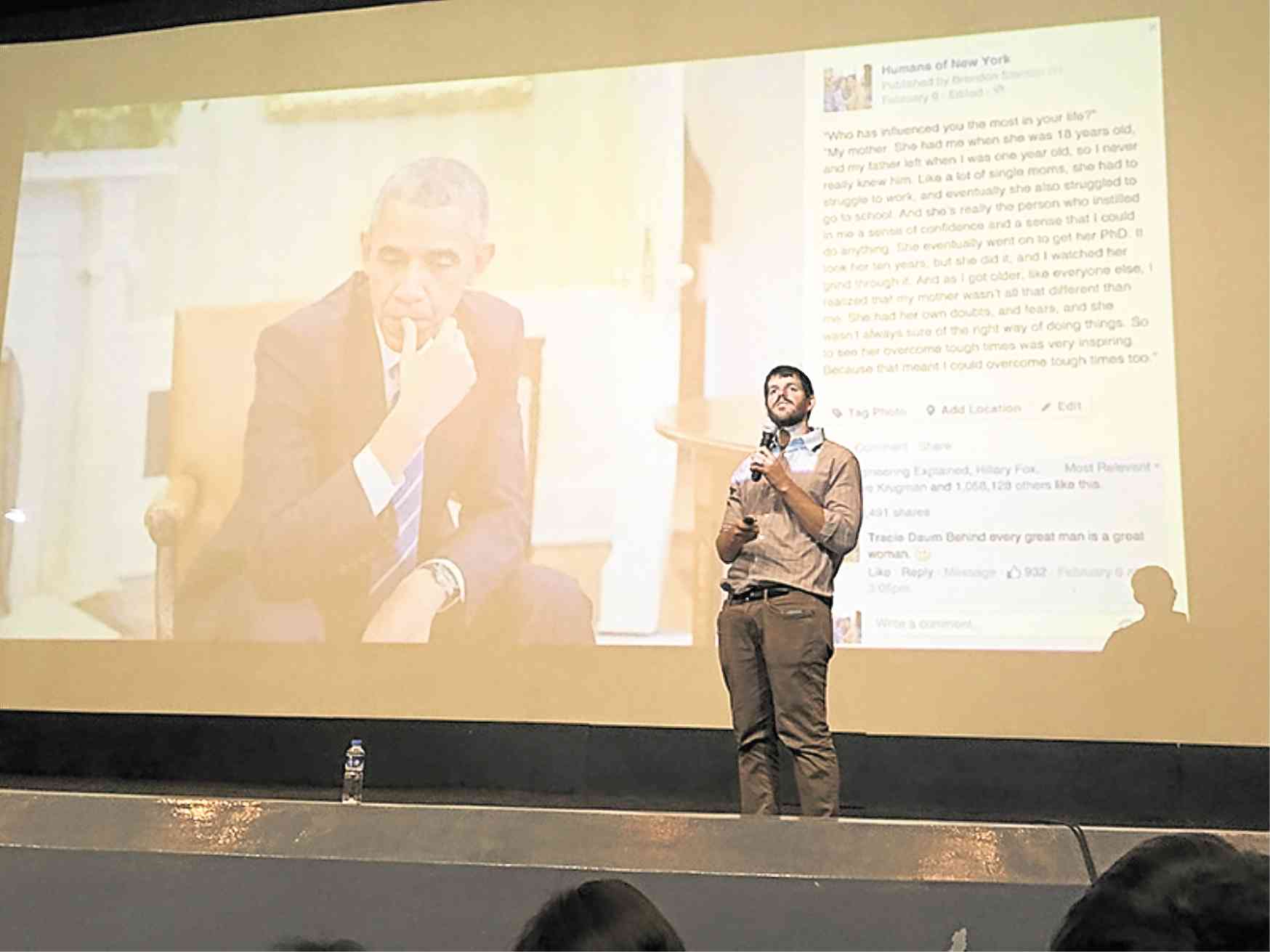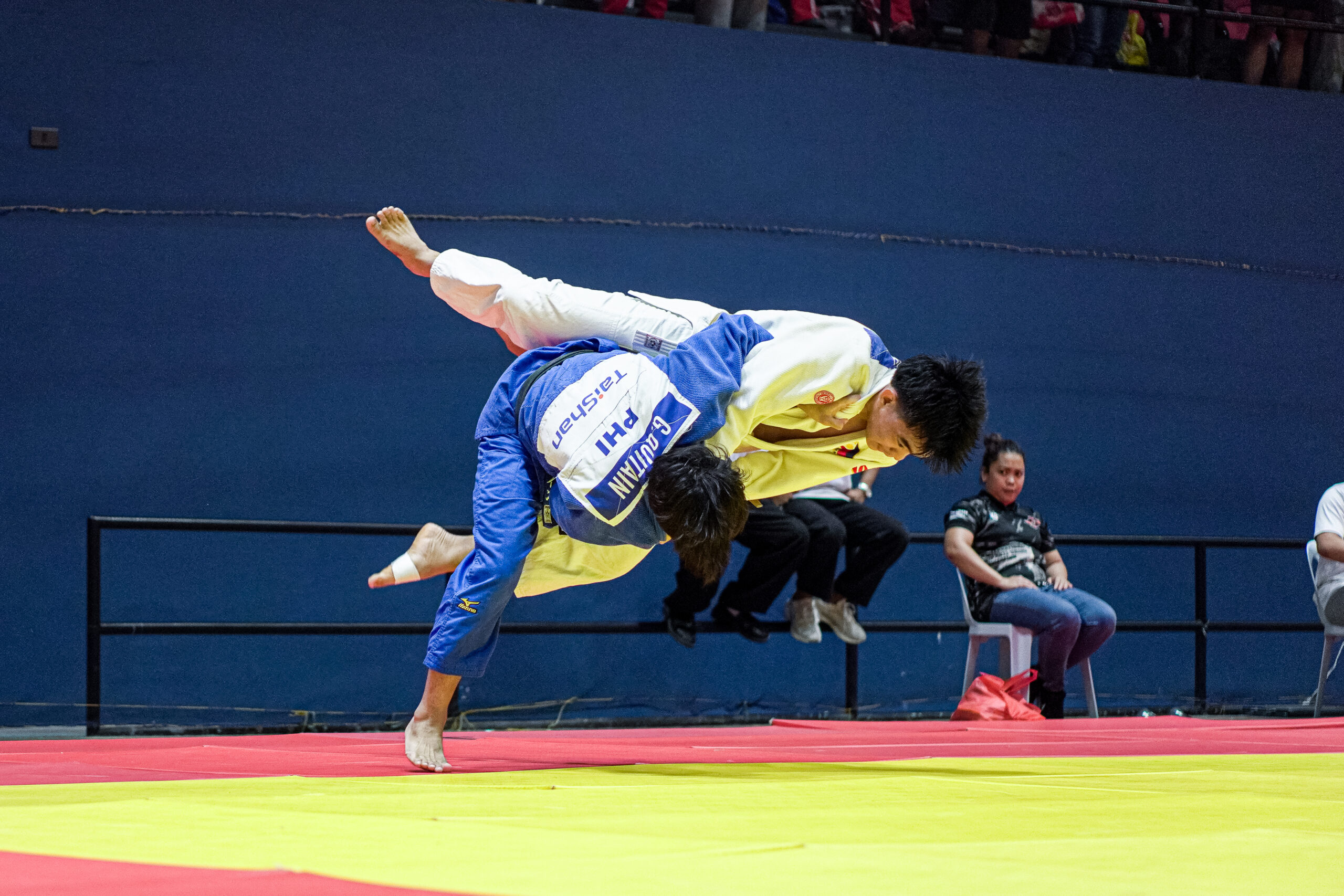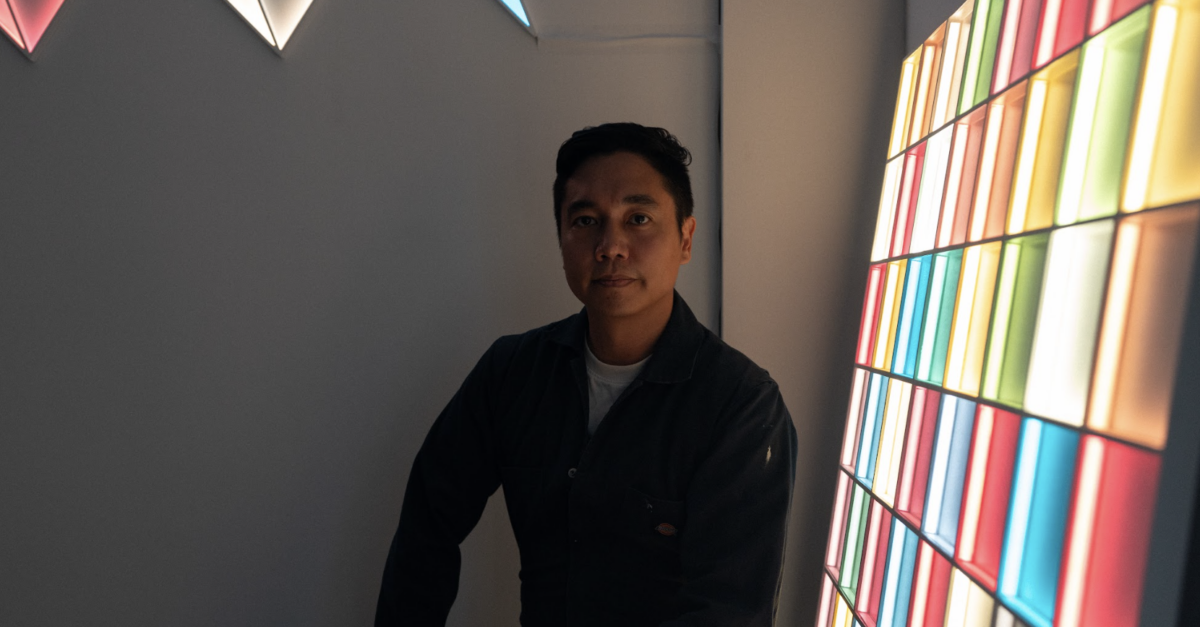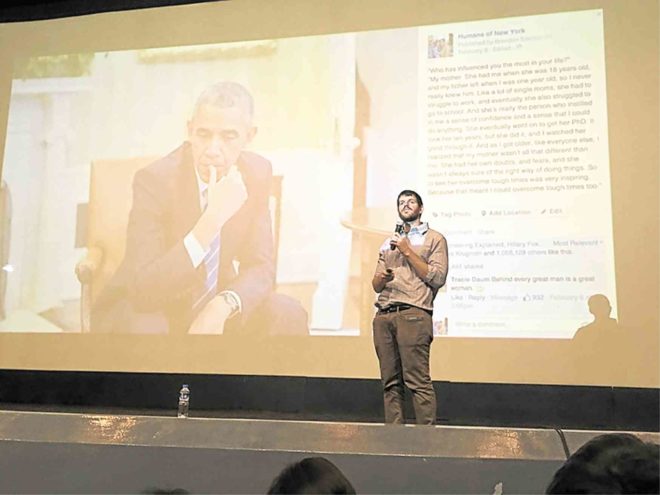
—Cake Evangelista
A day after it was posted, a photo of bespectacled boy has been shared more than 10,000 times on Facebook and has captured the attention of more than 150,000 people from all over the world.
The anonymous little kid, who in the caption speaks of responsibilities, secrets and being a “real ninja master,” is one of the people whose portraits were taken by American photographer Brandon Stanton during his recent visit here in Manila.
Brandon is the man behind the immensely popular Facebook page “Humans of New York,” which started out in 2010 as project cataloguing the denizens of the Big Apple.
Eight years later, and with more than 26 million followers across its social media platforms, “Humans of New York” has become nothing short of a cultural phenomenon. The project has become a worldwide venture, with Brandon traveling all around the world with his camera in hand, taking portraits of people from all walks of life and telling their stories that reveal unique yet universal truths about the human experience and condition.
It has also been turned into two New York Times-bestselling books (plus another one featuring kids) and has been adapted last year into a 13-episode online video series
During his short stint here, Brandon stopped by the University of the Philippines Diliman in Quezon City for two back-to-back talks where he shared his journey from school dropout to bond trader to one of the world’s most well-known street photographers.

Here are the important life lessons we learned from Brandon:
Lesson 1: Discover what brings you joy
Before “Humans of New York,” Brandon was a bond trader in Chicago. Two years in the job, however, things started going downhill. When he got laid off, he realized he needed to take stock of his life. “When I lost my job, all the thought that I was putting into that [was gone]. I could suddenly ask myself: What is it that I want to do?” he said.
What he really wanted to do, what brought him joy, and what gave him a sense of accomplishment was photography. “I did it because I absolutely loved it. It was the complete opposite of what I was doing before—sitting in front of the computer all day, trading with numbers,” he said.
Photography “was about interacting with the world, like an exchange of energy,” Brandon explained. “I was out in the world, exploring, meeting people, seeing so many beautiful things, having these random interactions and letting life spill into my experiences.”
Lesson 2: Think of time as a resource
“Your time is the most valuable resource you have,” Brandon said. This means spending your time in ways that are important to yourself, that make you happy and your life worthwhile.
“We spend our time trying to collect other things,” he said, including money and recognition. “We spend our time trying to collect the approval of others, the feelings of respect, of importance. We don’t even realize that time itself is more valuable than these, because all those things put together cannot purchase a second of time back.”
“So I made this decision,” he said, “instead of spending my time trying to make money, I was going to try to make just enough money to where I own my time.”
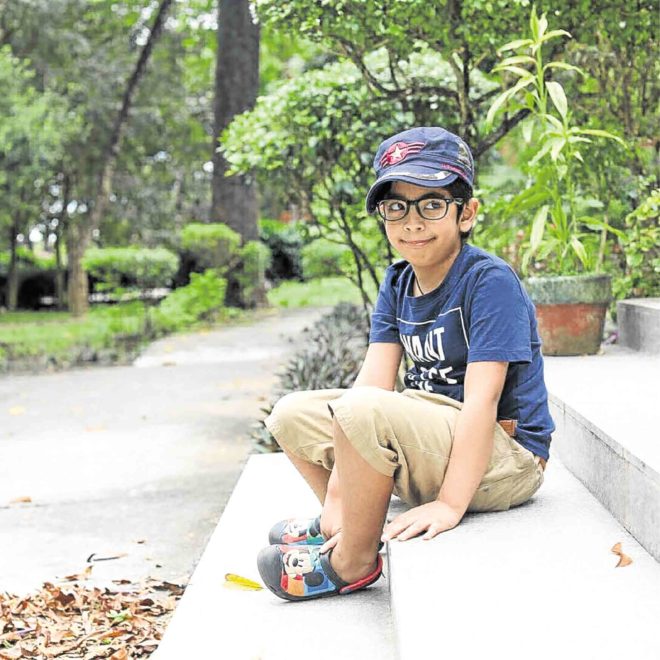
Lesson 3: Define your own self-worth
Brandon recalled how his work as a bond trader took over his life and his identity, and how that prompted him to get into photography. “I identified myself with that job and that position,” he said. “Every time my job was going poorly, I was feeling horrible about myself because that was my entire identity.”
This was precisely why he decided to buy a camera. He wanted to take control of his identity and redefine his self-worth. “I wanted to create a space in my mind that was away from the markets, something that I could do that gave me a sense of identity outside work,” he said.
Lesson 4: Don’t wait for the perfect idea
Perfection often translates into inaction. “You cannot wait for the perfect idea before you begin trying to do something that you love,” Brandon said. “If I had waited for the idea for ‘Humans of New York,’ I would have never begun ‘Humans of New York.’”
His photo project, no matter how successful it is now, even started out as something very different. “‘Humans of New York’ can barely even be described as a photography blog right now,” he said. “It is much more about the stories. The photography is almost secondary to the story itself.”
“Everything that [it has become] happened from hundreds of small ideas and evolutions that I made while I was out doing the work every single day,” Brandon said.
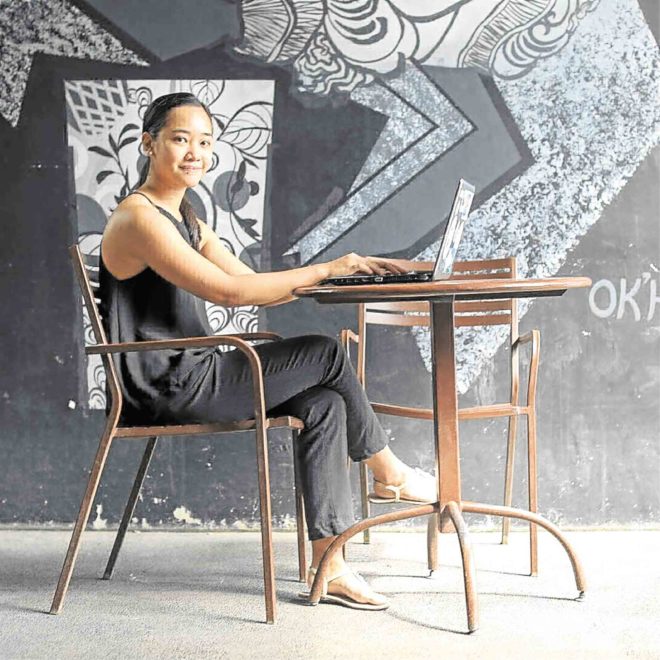
—PHOTOS FROM @HUMANSOFNY
Lesson 5: Learn to listen
“The amazing thing I’ve learned is how much people will share if you ask,” Brandon said when asked about the most important lesson he has learned. “I always say at the beginning of an interview that you don’t have to answer anything that you don’t want to, but people always answer.”
“I think so many people are used to not having somebody listen to them, because we’re all so self-absorbed,” he said. “Social media culture is all about me, me, me and me. [But] when you have somebody taking a deep interest in your life, the fear of being exposed, the fear of being made vulnerable, is less than the fear of being invalidated.”
Lesson 6: Take a risk
After taking a photo of strangers in a subway, Brandon recalled feeling accomplished because he had gotten over his fears. “I knew that … I had just taken a photo that somebody who had been photographing for 20 years might not be able to take,” he said. And it wasn’t because of his technical proficiency, “[it was] because I had gotten over this fear of approaching a stranger.”
Through the years, it became a skill uniquely his own. “I’ve approached people thousands of times and have gotten really good at it,” he said. “And if that is what I am good at—approaching people—once I approach [them], once I have gotten into a conversation with them, why not take the time to learn a little bit about [them]?”
This created a positive impact on his work, too. “The better I got at stopping these people and creating these bubbles in the street where people felt comfortable talking to me, the faster ‘Humans of New York’ grew,” he said.
Lesson 7: Be personal, get intimate
For Brandon, what made his work powerful isn’t just the photos or the words, but the sense of intimacy it evokes.
“It was about this intimate moment on the street that I had with the person, where in that amount of time, [they] felt very comfortable sharing with me things that they might not have told the people closest to them … [but] that they feel, for some reason, comfortable enough to share [with me] in the street,” he said.
“Those kinds of magical things happen in the street every day through this process,” Brandon said. “It’s that conversation, that interaction itself, which creates that intimacy that makes ‘Humans of New York’ so successful.”

